“… Unbroken wholeness is the ever-present actuality … To awaken is to recognize the sacred everywhere, to live in devotion to this luminous presence …” ~ Joan Tollifson
Death is an inevitable experience for everyone and arguably brings dread … and yet if explored deeper it offers an opportunity to be liberated from this fear and live a truly unfettered life – more alive than ever before. Those who have had near-death-experiences echo this. Realized masters advise to “die before {physically} dying” for the same reason: it liberates the “constrained, controlling” navigation of life.
Joan Tollifson digs into this topic using the “up close and personal” and “deeply felt” experience of her mother Dorothy’s death … and captures that journey in her recently published book Death: The End of Self-Improvement … one of her summations aptly says: “Paradoxically, I found that what I was really writing about was living—being alive now” …
Joan’s insights offer a profound opportunity to really live … “larger” … “fully present” … “with ever deepening inclusivity” and more … and these insights are very pertinent in this coronavirus driven “norm” … where death is “in the air”: everyday the fatality numbers are relentlessly in our awareness through news and/or social media.
But … before we consider Joan’s insights …
As we’ve done since the COVID crisis began … we want to honor and highlight the “heroes” that continue to ensure our health and safety in the midst of the pandemic: Go Fund Me continues to organize various campaigns targeted towards the COVID-19 relief efforts. All of these campaigns are worthy of our attention … but for now we want to highlight TWO critical ones that we are supporting personally and also as Stillness Speaks (through donations):
We are all facing financial challenges but IF your situation allows you to donate and help then …
… please visit Frontline Responders Fund’s Go Fund Me page … and help deliver crucial supplies to these frontline responders …
… and/or visit America’s Food Fund Go Fund Me page and help feed the neighbors in need.
And, we again, express our deepest gratitude to a) the COVID-19 Frontline Responders (all the healthcare professionals – doctors, nurses, hospital/medical-services staff – firefighters, law enforcement, volunteers, and any/all the people involved in keeping the “system-at-large” functioning for ALL of us) … and b) Go Fund Me for organizing America’s Food Fund to feed the needy.
THANK YOU – our lives would not be possible without your dedication.
And today we add another Go Fund Me campaign to our highlights with words from their CEO Tim Cadogan (excerpt from his June 2nd email):
“… Over the last week, people across the country have stood up in the face of injustice and systemic racism plaguing the black community. We’ve seen an outpouring of global support on GoFundMe for George Floyd’s family, peaceful protesters demanding change, and organizations fighting for equality and accountability.
The issues people are voicing are deep-rooted and require meaningful change. We understand that to drive change we must get involved and take action. To help drive that change, today we’ve created … the Justice & Equality Fund to support organizations and people that are dedicated to addressing both urgent needs and systemic problems. We have committed $500,000 to start the Fund, which will initially focus on bail, racial justice, and law enforcement reform …”
… please visit the Justice and Equality Fund page and … donate whatever you can manage … to further justice and equality …
Now … back to Joan’s insights …
Explored through her book Death: The End of Self-Improvement … where she talks about the “only actuality there is” … the “aware presence in which the whole universe is contained” … that which has “no beginning and no end” … the “ever changing process inseparable from everything else in the universe” … that which is “gone forever and {always/still} right here” …
… Part 1 of this multi-part series was the entire opening chapter Dissolving … and
… in Part 2 (excerpts from chapter one titled Stepping Through the Mirror) Joan explores death by talking about … That which “cannot depart from itself ” … That which “has never been absent” … the “felt spacious openness at the very core of our being” … the “recognition that is very ordinary and always already here” … and more.
Part 2 closed with: “I’m pointing to a recognition that is actually very ordinary and always already here, although commonly overlooked in favor of the solidity of our conceptual maps. Awakening, as I mean it, is simply a shift of attention (now) from what we think is happening to actual present experiencing.”
In Part 3 (the ongoing excerpt from Stepping Through the Mirror) Joan delves deeper into awakening .. or what she terms unbroken wholeness …
All italicized text (except for the block-quoted parts) is from Death: The End of Self-Improvement by Joan Tollifson and is published here with her (and the publisher New Sarum Press’) generous permission.
Here are all of Joan’s posts on Stillness Speaks … and her website – full of deeply insightful and valuable content for your journey.
To awaken to this unbroken wholeness is not about picking up an idea or a belief system. It is a felt-reality, an absence of unnecessary self-centered thinking and a present-ness to the actuality of this moment, a letting go. Our faith or trust in this living reality grows as we open to it. I don’t mean faith in some belief or idea, or trust that a certain outcome will happen. I mean a deep peace with life as it is, a deep knowing that all is well, that everything belongs, that the deepest truth is unconditional love and the absolute freedom of groundlessness. This recognition is rarely a permanent, one-time event. What is recognized is ever-present and never actually comes and goes, but the recognition of it, the opening to it, the dissolving into it seems to happen again and again, always Now. What I’m talking about is a kind of transcendence, but not a detached, dissociated or dualistic kind of transcendence that ignores the world, turns away from suffering or denies our humanness. It is rather a way of entering evermore deeply into the living actuality of what is.
Unbroken wholeness is the ever-present actuality. What comes and goes is the mirage of apparent separation, the feeling of being a person in a story, the ever-changing weather of experiences positive and negative—all of that comes and goes. Here-Now (boundless awareness, the Ultimate Subject) is omnipresent. And nothing actually exists outside of this, or other than this. To awaken is to recognize the sacred everywhere, to live in devotion to this luminous presence, to wake up again and again from the dream of what we think is happening.
From this awake presence, it is clear that death is nothing to fear, not because “I” as the person will live forever, but because that apparently limited “I” is only an intermittent and momentary dreamlike happening in a much larger happening—the true “I” to which we all refer prior to name and form. That true “I,” the Original Face, the Ultimate Subject, the One behind all the masks, is closer than close, most intimate, all-inclusive, being and beholding it all.
And contrary to our usual way of thinking, the realization of this need not—and usually doesn’t—arrive with thunderclaps and lightning bolts. It is, in fact, very simple, very ordinary. It doesn’t even really arrive, for what is recognized is never not here. There is no “me” who has this realization, for in it, there is no separation, no division, no boundary, no subject and object, no inside or outside. Waking up is the falling away of the persistent belief that “this isn’t it,” that “I am nothing but a separate little person in a huge alien universe outside of me,” that “I’m not quite fully all the way there yet.” Awakening is the recognition that the one who seems to be at the center of “my story” is nothing more than a mental image, a bundle of sensations and memories, a character in a dream, a mirage that appears and disappears intermittently in a field of conscious experiencing, which is itself like a bubble or a whirlpool in a shoreless ocean of unnamable vastness. This radiant presence Here-Now has layers of density, from the most apparently solid to the most subtle and ineffable, and they are all included in what is.
In deep sleep, everything perceivable and conceivable vanishes, as does the one who cares about all of this. Every night in deep sleep, the caretaker, the controller, the author, the observer, the scorekeeper, the seeker, the judge, the critic, the decider, the phantom helmsman is gone. The no-thing-ness that remains is the groundlessness, the emptiness, the infinite potential from which the entire universe is born and to which it returns, moment by moment.
Waking up is like dying. Dying to the past. Dying to the known. Dying to all your thoughts, ideas and beliefs. Dying to who and what you think you are. Dying to all hope of something better. Dying to everything. Dying even to any idea or experience of no-thing-ness or liberation. Letting go of every attempt to hold on, to control, to survive as anything in particular. Losing everything that can be lost and discovering what remains.
What Remains
Where is Dorothy? Gone! What was Dorothy? Nothing of substance can be grasped. She was an ever-changing dance of emptiness. And the very heart of her being, what I loved most deeply in her, is right here, for it is the very heart of all being—this vast presence, this alive nothingness, this silent stillness. The expression of this vast emptiness in apparent form, as Dorothy and Joan and the whole world, cannot be denied. It is a celebration, a magic show. Form and emptiness, relative and absolute, appearance and disappearance, ocean and wave—one seamless whole.
I cry and feel grief, but it is a pure grief, like a clean fire or a cleansing rain, almost an ecstasy at times. I feel a great peace and love and groundedness, a new strength. Bits of my mother’s life are migrating into my apartment now—a few red pillows, a purple sweater, her fuchsia colored shawl—and already this place is changed. And I am changed. Nothing seems real now except the absolute simplicity of what is minus all ideas about it. Her death re-turns me to what is real and authentic, to ground and groundlessness.
Leaving my last class at the college where I teach before Thanksgiving, I see out the huge picture window in the hallway that winter has arrived with wild ferocity. Wind is raging and it is dark and bleak looking out there. Snow is blowing furiously by the window, the first snow. Outside, as I walk to my car, it is cold and dark and bare branches are tossing in the wind. And now, on Thanksgiving morning, the sun is out and the world is white and glistening.
My mother, who was so utterly real only a few months ago, and for as long as I can remember before that, is absolutely gone. And in my living room is a small cardboard box with a label that says: “This package contains the cremated remains of Dorothy Tollifson.”
It’s more like gravel than ash, and it’s inside the box in a plastic bag not much bigger than an eggplant. A small parcel really, it weighs about ten pounds maybe—all that remains of an entire woman.
She’s absolutely gone, and yet, she’s right here. Not as a bag of ash or a disembodied spirit waiting to reincarnate, but as this whole universe. And she’s here in my heart, always.
Of course, the Dorothy Tollifson who played with me as a baby has been gone for decades. I barely remember her. Without photos, I probably wouldn’t be able to picture that young woman at all. The Dorothy who saw me off to college back in 1966 has also totally dis- appeared—a dim memory and a few photos are all that remains of her. The same is true of the seventy-year-old Dorothy who lived so openly and gracefully through the death of my father, the man she loved with all her heart. In fact, death is happening every moment. Continuity is an illusion. Some pattern apparently persists, something that allows us to recognize someone on the street whom we haven’t seen in decades. But every cell in their body has been completely replaced in the course of those decades. There is literally no-thing left of the person we knew before. And yet, we think it is the same person, this shimmering flame now extinguished. And yet something is the same in every passing appearance, and that something is Here-Now, everywhere and nowhere.
Dorothy waving from atop an elephant in India. Dorothy in a huge-brimmed red hat in the Gay Freedom Day parade in San Francisco. Dorothy marching for peace in Washington, D.C. Dorothy moving mysteriously from youth to old age. Dorothy smiling at me from the photo on my wall. Dorothy in a small box. Dorothy embed- ded forever in the fabric of my life.
I sort through her possessions. Her clothing. Her jewelry. The art she collected. Her books. Her wine glasses, cereal bowls, teacups, napkins, towels. Her sheets and blankets. Her bags full of old birthday cards and letters from her daughter. Her prayer wheel. Her hearing aids. Her table cloths. The remains of a life.
Her middle-aged daughter going forward. Walking on into her own crumbling away.
The Fire of Impermanence
A monk asked Daizui, “It’s clear that the fire at the end of the kalpa will completely destroy the universe. I’m still not clear whether there’s something that won’t be destroyed.”
Daizui said, “It will be destroyed.”
“IT will be destroyed along with everything else?” the monk asked.
“Gone with the other,” Daizui said.
~ Daizui’s Fire at the End of the Kalpa (Book of Equanimity Case 30, Blue Cliff Record Case 29)
I’ve been told that Cocteau, the famous French writer and artist, was once asked what he would save if his house were burning down, and he replied, “the fire.”
There’s an old Zen story in which the teacher and student have been talking late into the night, and finally the teacher tells the student it’s time for the student to leave and go back to his sleeping quarters. The student opens the door and says, “It’s very dark outside.” The teacher offers the student a lighted candle to find his way home. Just as the student receives the light, the teacher blows it out.
All of these stories point to the possibility of holding onto nothing at all, dying to the past, moment by moment. What remains is not some dreadful, dead nihilistic void. It is this right here, right now— exactly as it is, before we try to understand it, grasp it, control it, or figure it out.
Right now, in this moment, “the end of the kalpa” (or “the end of the world”) is a thought. Wanting something to continue, or fearing that nothing will, is also a movement of thought. “Nothing” is another thought. The “IT” that the student hopes will survive the end of the kalpa, whatever we take that “IT” to be, whether we imagine that it is the personal self, the soul, boundless awareness, consciousness, the One Self, or whatever—“IT” is, in that moment of asking the question, only a thought, an idea, a mental object. Past and future are thoughts. We scare and confuse ourselves by thinking about “things” that do not actually exist! This is what the student here is doing. But in the immediacy of Here-Now, no such questions arise. When we let go of all our concepts and ideas, no problem remains.
Whenever we relax into simply being this moment, without judging it or trying to improve it, our imaginary dilemmas vanish into thin air. But then, as soon as we think about this and try to hold onto some sense of freedom or spaciousness as a particular experience, we mentally separate ourselves from it. We shrink—in our imagination—back down into that little capsule-self, and we turn the vastness of unbound presence into an object, a remembered experience, which we then try to repeat. Instantly, we’re seemingly back in the world of confusion and lack, trying to regain what seems to have been lost. But no experience is permanent. What we are sensing in those moments of stillness and presence is never actually lost. It is right here, right at the very heart of the confusion itself, beholding it all.
Death is another word for impermanence, and impermanence sounds scary until we realize how complete impermanence is. If we still think there are solid, separate, persisting, semi-permanent things, like you and me and tables and chairs, and that all of these things are impermanent, we suffer. But when it is recognized that impermanence is so complete that no solid, separate, persisting things ever form in the first place to even be impermanent, then impermanence is actually another word for seamless unicity, the undivided wholeness of life from which nothing stands apart. Impermanence is freedom. It is Cocteau’s fire, the fire at the end of the kalpa, the fire of every moment. In Vedanta, they call it the Self. In Buddhism, they call it no-self, emptiness, non-clinging or groundlessness.
This emptiness isn’t a bleak, nihilistic void; it is the red re engine streaking past, the aroma of morning coffee, the exquisite song of the hermit thrush at dusk, the listening silence that remains when the sound is nished. And that silence, like the emptiness of deep sleep, is not a dead void but a vibrant aliveness.
Death is the fire that strips everything away. The whole story of our life, all of our apparent achievements and failures, and for that matter, all of human history and the entire history of the universe, is like mist evaporating in the sunlight, smoke curling into the air, waves rolling on the ocean, cloud formations changing shape in the sky, or last night’s dream dissolving in the morning light. In other words, nothing that appears, including the person we appear to be, has any persisting form or any graspable substance.
When we are fully awake to the vibrant aliveness Here-Now, we recognize that life is more like a dance or a song than a grueling, goal-oriented task. The beauty of life lies precisely in its playfulness, its purposelessness, its groundlessness. It doesn’t “mean” anything other than the indefinable suchness of each moment, exactly as it is. Death is that which makes life so surprising and impossible to grasp. Death is the freedom that offers a new beginning in every moment. Death is the great liberator thinly disguised as our worst fear.
~ Joan Tollifson
Stay tuned for the continuation of this chapter … in the next part … on near death experiences, reincarnation, and more …
Again, here’s Part 1: Death: Dissolving … and Part 2: Totally Obvious Yet Utterly Mysterious …
All italicized text above (except for the Go Fund Me related text) is from Death: The End of Self-Improvement by Joan Tollifson and is published here with her (and the publisher New Sarum Press’) generous permission.
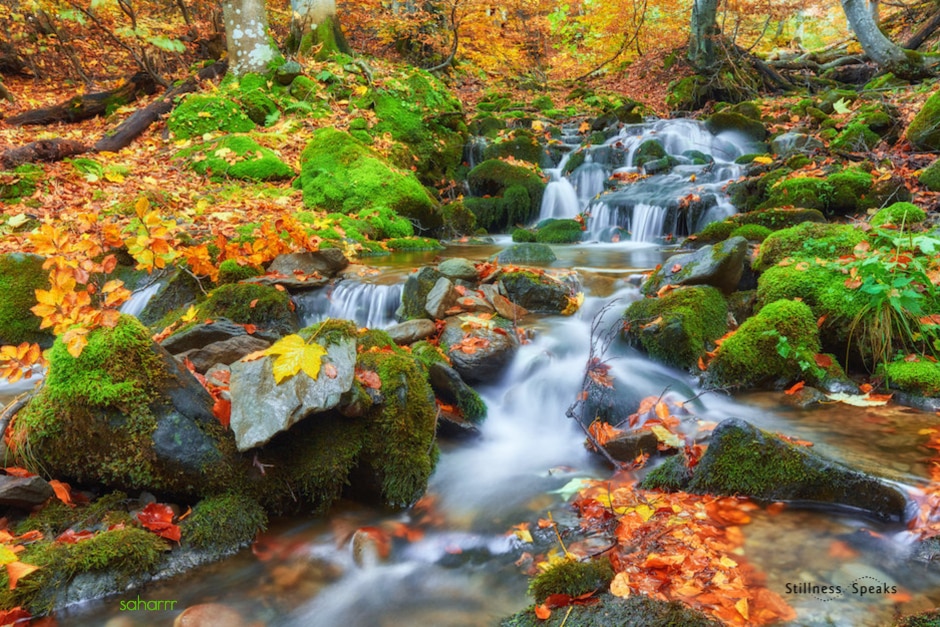
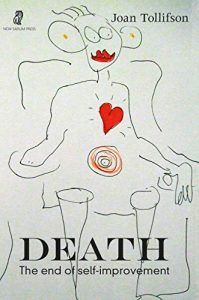
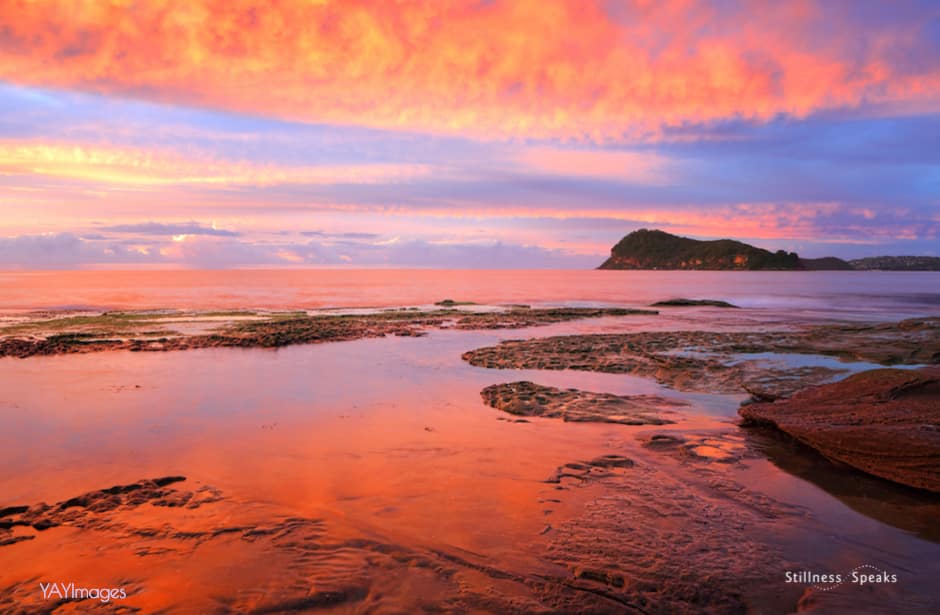
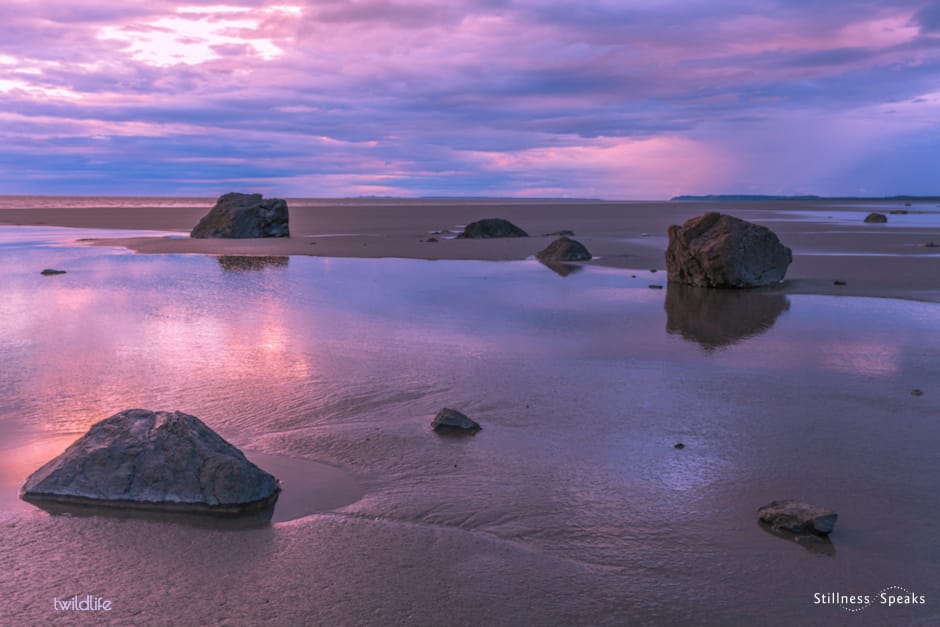
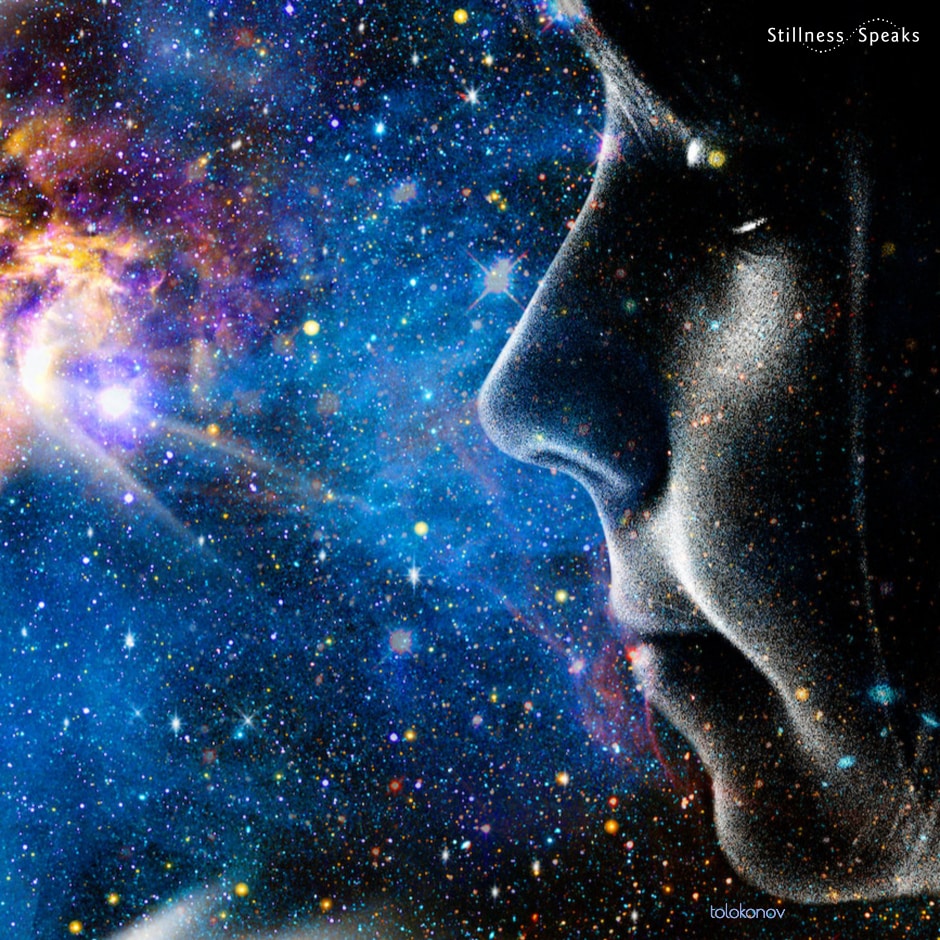
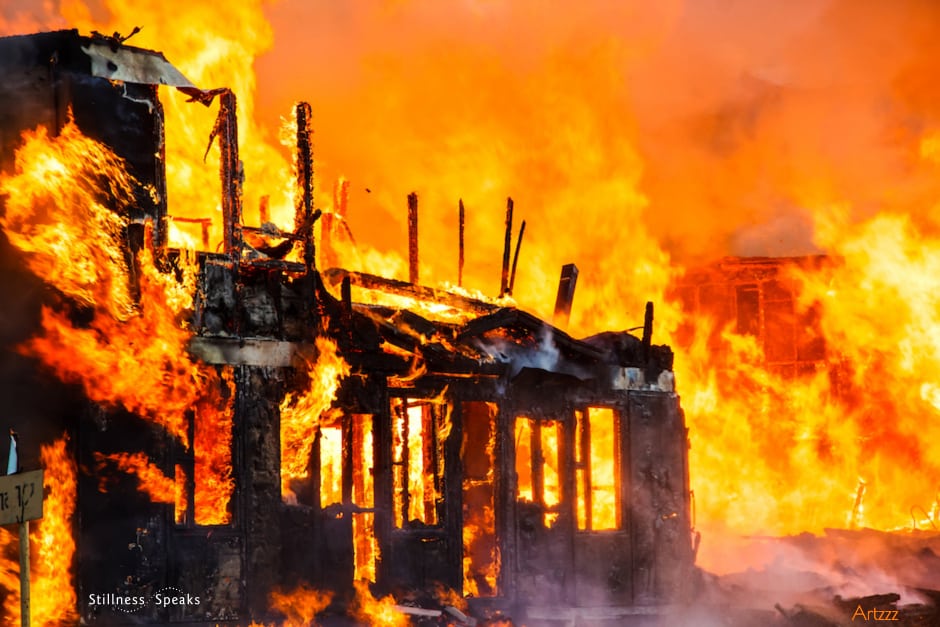


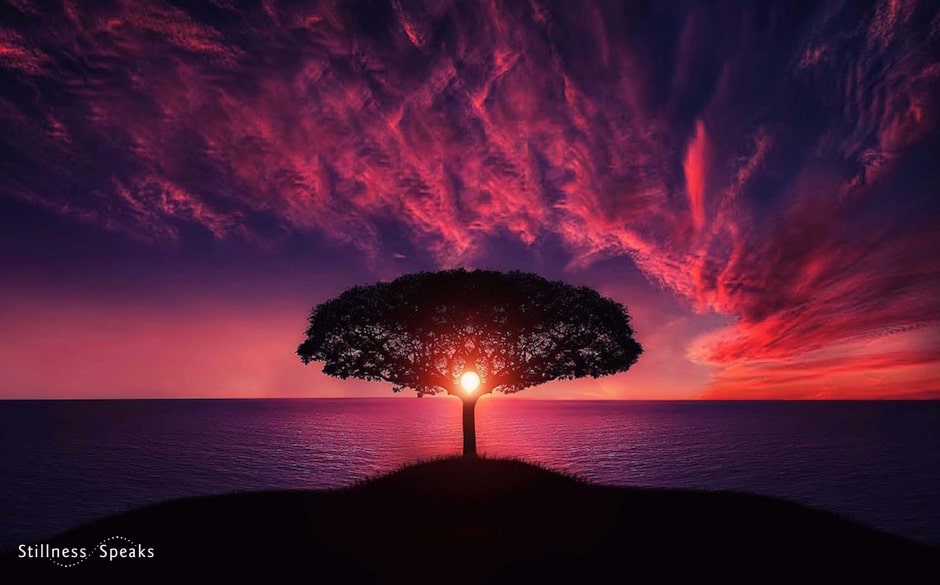

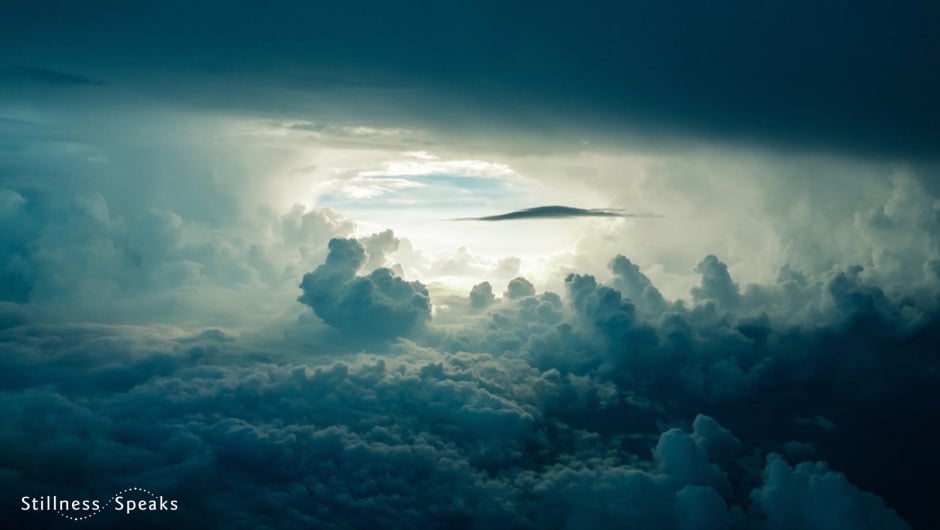



Thank you for that beautiful passage of Joan Tollifson’s ‘Death: The End of Self Improvement’. I remember waking up my mother in the morning when she was 98 and very close to dying. Her smile so radiant with love and joy still with me.
I love Joan Tollifson
My ancestors would say, Nada al Todo (Nothing to Everything) and Todo al Nada (Everthing to Nothing). From the Ocean to the wave, then the Wave into the Ocean.